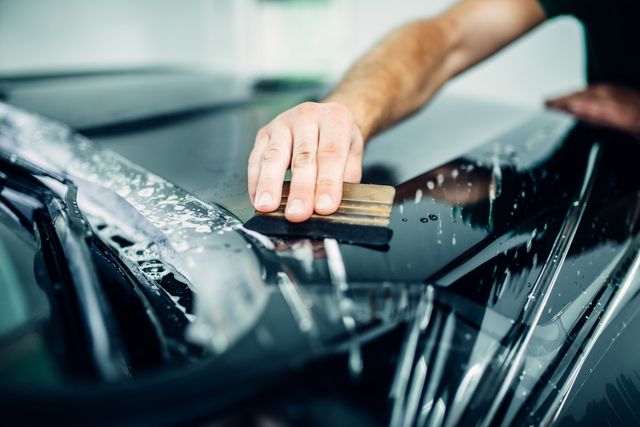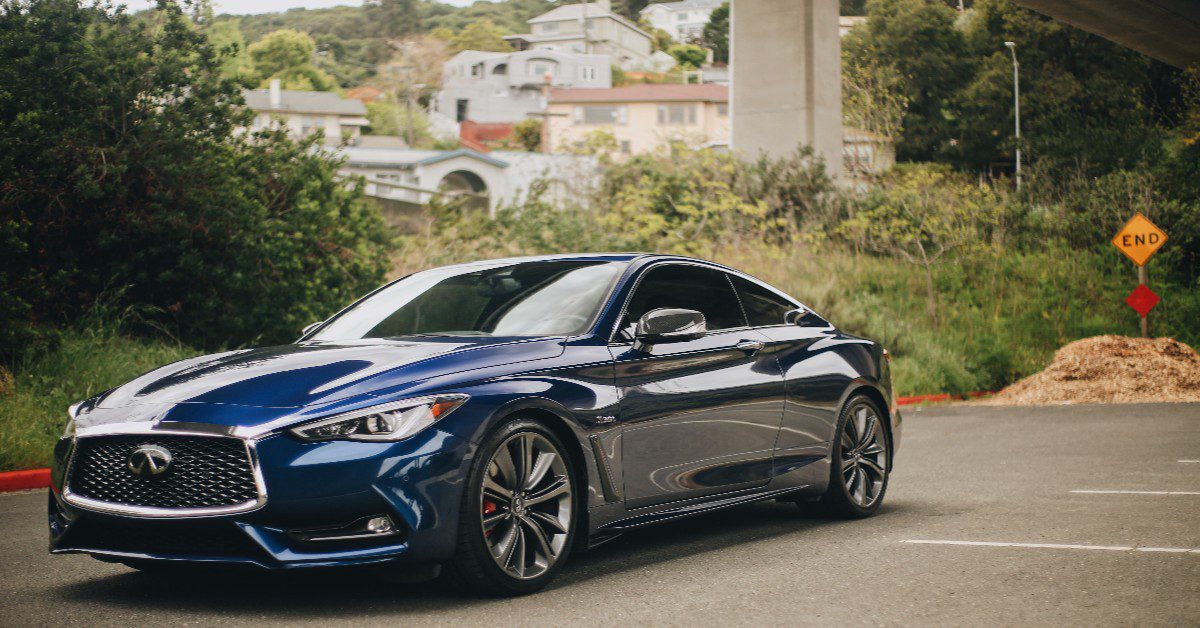Ceramic Pro: Elevate Your Automobile's Finish with Expert Layer
Ceramic Pro: Elevate Your Automobile's Finish with Expert Layer
Blog Article
The Science Behind Ceramic Layer: How It Enhances Your Car's Aesthetic and Resilience

Understanding Ceramic Layer Chemistry
The chemical make-up of ceramic finishings plays an important function in establishing their sturdiness and protective properties on automobile surface areas. Ceramic coatings are usually made up of silicon dioxide (SiO2), which is a key component providing solidity and warmth resistance. Various other components such as titanium dioxide, silicon carbide, and polysilazanes are frequently contributed to boost specific residential or commercial properties like UV hydrophobicity, resistance, and attachment.
Silicon dioxide, additionally understood as silica, forms a clear and strong layer on the car surface area when applied correctly. This layer serves as a shield, safeguarding the paint from environmental contaminants, UV rays, oxidation, and chemical stains. Titanium dioxide helps in blocking unsafe UV rays that can cause paint fading and deterioration. Silicon carbide is known for its abrasion resistance, making the ceramic coating sturdy and hard versus physical damage. Polysilazanes are used to enhance the coating's flexibility and bond to the lorry's surface area, guaranteeing long-lasting security. Understanding the chemistry behind ceramic coverings is vital for both applicators and lorry proprietors to appreciate the worth and advantages these layers use in keeping the aesthetic charm and longevity of cars.
Improved Gloss and Mirror-like End Up
Understanding the chemical make-up of ceramic layers not only discloses their protective residential properties yet likewise loses light on how they add to attaining an improved gloss and mirror-like finish on vehicle surfaces. The secret to the glossy effect hinges on the nano-ceramic particles existing in the covering. These bits fill up in tiny pores and imperfections on the surface, creating a smooth and degree surface. As light hits the layered surface area, it mirrors evenly, offering the look of a deep, shiny sparkle. In addition, the chemical structure of ceramic layers enables them to develop a strong bond with the car's paintwork, protecting against oxidation and maintaining the clearness of the surface gradually. This bond also resists environmental contaminants, such as dust and crud, that can plain the luster of the car. The mix of filling up properties, light representation, and lasting protection makes ceramic finishes a preferred option for those seeking a vivid and mirror-like coating for their cars. browse around this site

Influence On Paint Security and Durability
Ceramic coatings for lorries dramatically boost the long life and security of the paintwork. By developing a chemically resistant layer in addition to the automobile's clear layer, ceramic coverings function as a barrier against different ecological impurities that can damage the paint in time. These coverings are designed to repel dust, water, road salt, bird droppings, and various other damaging materials, minimizing the threat of paint oxidation and rust. Additionally, the hardness of ceramic finishings provides a degree of scratch resistance, aiding to preserve the car's appearance for an extensive duration.
In terms of long life, ceramic coatings use a long lasting solution compared to traditional waxes or sealers. In general, the protective residential or commercial properties of ceramic layers contribute significantly to protecting the automobile's paintwork and boosting its aesthetic appeal over a prolonged period.
Resistance to Contaminants and Rough Aspects
With the protective shield offered by ceramic layers versus different ecological pollutants and elements, cars are able to preserve their beautiful appearance despite direct exposure to rough conditions. Ceramic layers create a solid barrier that wards off water, dirt, dirt, and various other common pollutants, avoiding them from bonding to the lorry's surface. This hydrophobic nature not only makes cleaning less complicated but likewise minimizes the danger of water areas and etching caused by acidic pollutants. Furthermore, the chemical resistance of ceramic layers aids protect the paint from bird droppings, bug splatter, tree sap, and other corrosive substances that can damage the surface in time.
In addition, ceramic coatings use UV security, securing the vehicle's paint from the sunlight's harmful rays that can create fading and oxidation. This resistance to UV damages assists maintain the color strength and sparkle of the paint for longer periods. By developing a lasting and resilient obstacle, ceramic coatings make sure that the automobile's outside remains safeguarded against a wide variety of pollutants and rough elements, preserving its aesthetic charm and longevity.
Application Methods and Upkeep Tips
For optimum outcomes when applying ceramic finishings to vehicles, using appropriate strategies and sticking to recommended maintenance techniques are necessary. Before using the ceramic layer, it is important to extensively clean and sanitize the vehicle's surface area to guarantee proper attachment.
When using the ceramic coating, it is recommended to operate in small my latest blog post sections to ensure even coverage and to prevent the product from drying out too swiftly. Utilizing applicator pads or microfiber fabrics, use the finish in a crisscross or up-and-down activity, depending upon the item's instructions. After the covering is applied, permit it to treat for the defined time before rubbing off any deposit.
In terms of maintenance, regular washing with pH-neutral soaps and preventing unpleasant devices or harsh chemicals will aid preserve the ceramic covering's stability. Periodic evaluations for any type of damages or endure the finishing can additionally help keep its protective residential properties in time.

Final Thought
Finally, ceramic layer improves a lorry's aesthetic appeal and toughness through its chemical make-up, offering a glossy finish and safeguarding the paint from environmental pollutants. Its resistance to harsh components and ease of maintenance make it a prominent option for automobile proprietors wanting to protect the look of their automobiles. Overall, ceramic covering is a clinically backed option for keeping the look and longevity of your lorry.
Comprehending the chemistry behind ceramic finishings is essential for both applicators and lorry proprietors to value the value and advantages these coverings provide in preserving the visual charm and longevity of cars. (ceramic pro)
Recognizing the chemical make-up of ceramic finishings not just reveals their protective buildings however likewise drops light on how they add to achieving an improved gloss and mirror-like finish on car surface areas. By creating a chemically resistant layer on top of the vehicle's clear coat, ceramic finishings act as a barrier versus different ecological impurities that can damage the paint over time. In general, the safety residential or commercial properties of ceramic finishes add significantly to preserving the automobile's paintwork and boosting its visual appeal over an extensive period.
In conclusion, ceramic layer boosts a car's aesthetic appeal and resilience through its Homepage chemical structure, giving a shiny surface and securing the paint from ecological contaminants.
Report this page